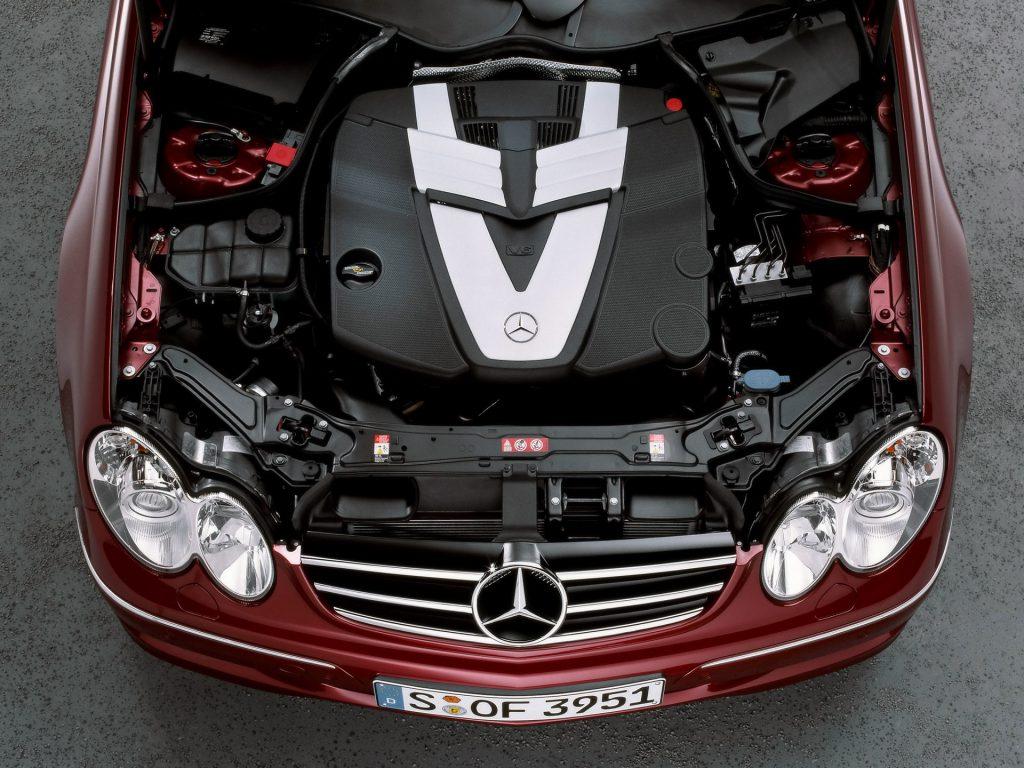Driving in reverse gear is not something that you do all the time. Most people do it occasionally such as when backing out of a parking spot, garage, or parallel parking. In most cases, the car moves in reverse gear only for a short time.
But, have you ever thought of driving in that gear? Is that even possible to do so? Let’s find out.
Contents
How Long a Car Moves in Reverse Gear?
It’s possible to move it for an indefinite period! Driving backward in reverse gear is similar to driving forward in first gear.
If your car runs on an automatic transmission, it will automatically move to higher gears with the increase of speed. As the reverse has only one gear, you have to maintain a certain speed to keep the vehicle running in the reverse mode.
So, it can be said that even if the car moves in reverse gear as long as you want, you have to drive it within a specific speed limit.

If you want to speed up, you have to reverse the complete gear mechanism of your car. Average cars have four normal gears and one reverse gear.
You have to interchange that mechanism to drive backward comfortably and get the maximum speeds when doing so.
SEE MORE:
- Why the Gears in Manual Transmission are Not in a Straight Line?
- Get an Easy Fix to Your Auto Transmission Not Moving to 3rd Gear
Is There Any Problem When Car Moves in Reverse Gear?
A car is not designed to drive backward. The single reverse gear is there to give your vehicle adequate torque at low speeds so it moves from a standstill.
A car’s engine and other components are compatible with driving in reverse gear for an extended time or higher speeds.
The durability and resilience of the reverse gear are much less than what the gears and bearings of the forward gears can endure.
Normally, you spend only a fraction of time in reverse. So, driving in that mode for a long time will put stress on the reverse gear components.
Besides, the car will make more sound and generate more heat in that condition. What is worse, the car won’t release much heat in the reverse mode, leading to the overheating of inner components

The engine is going to be another area of concern. There is only one reverse gear, which means that you are driving the car constantly in the first gear.
Running a large distance in reverse means the RPM will go up, causing overheating of engine components.
It will lead to serious damage to and failure of the valve train, piston rings, camshafts, and more parts. Eventually, the engine will fail and the gearbox will be broken.
How to Drive the Car in Reverse Gear without Any Issue?
If you want to drive a lot in reverse gear, either for fun or adventure, there are two options. You have to change the transmission mechanism so that there is more reverse gear than just one. However, it’s an expensive modification.
Another option is to buy an electric vehicle (EV). The EVs have compatible mechanisms to run the same motor moving forward and backward without any extra wear. You will also be able to speed up without making any modification.
FAQs
1. Are there any situations where extended reverse driving is necessary or permissible?
Extended reverse driving is typically not necessary for regular driving and should be avoided.
In some specific situations, such as certain industrial or commercial applications, specialized vehicles may be designed for prolonged reverse operation, but this is not common in passenger vehicles.
2. Can I use reverse gear to save fuel while coasting downhill?
Using reverse gear as a fuel-saving technique is not recommended and can lead to severe damage to the transmission and other components. It’s best to rely on proper driving techniques and braking systems for downhill descents.
3. How can I prevent transmission damage while using reverse gear?
To avoid transmission damage, limit reverse driving to short maneuvers, avoid high speeds, and be gentle on the throttle. If you experience any unusual noises or issues while in reverse, consult a mechanic promptly.
4. What should I do if my car gets stuck in reverse while driving?
If your car unexpectedly becomes stuck in reverse, safely pull over, turn off the engine, and consult a professional mechanic to diagnose and address the issue.
5. Can driving in reverse affect my car’s warranty?
Prolonged reverse driving that leads to transmission damage may void the warranty if it’s deemed improper vehicle use. Always follow the manufacturer’s guidelines for safe and appropriate vehicle operation.
Conclusion
In conclusion, a car can continue to move in reverse gear for as long as the engine is running and the driver maintains control.
However, it’s essential to remember that reverse gear is not designed for extended driving and should primarily be used for parking, maneuvering, or short-distance reversing.



